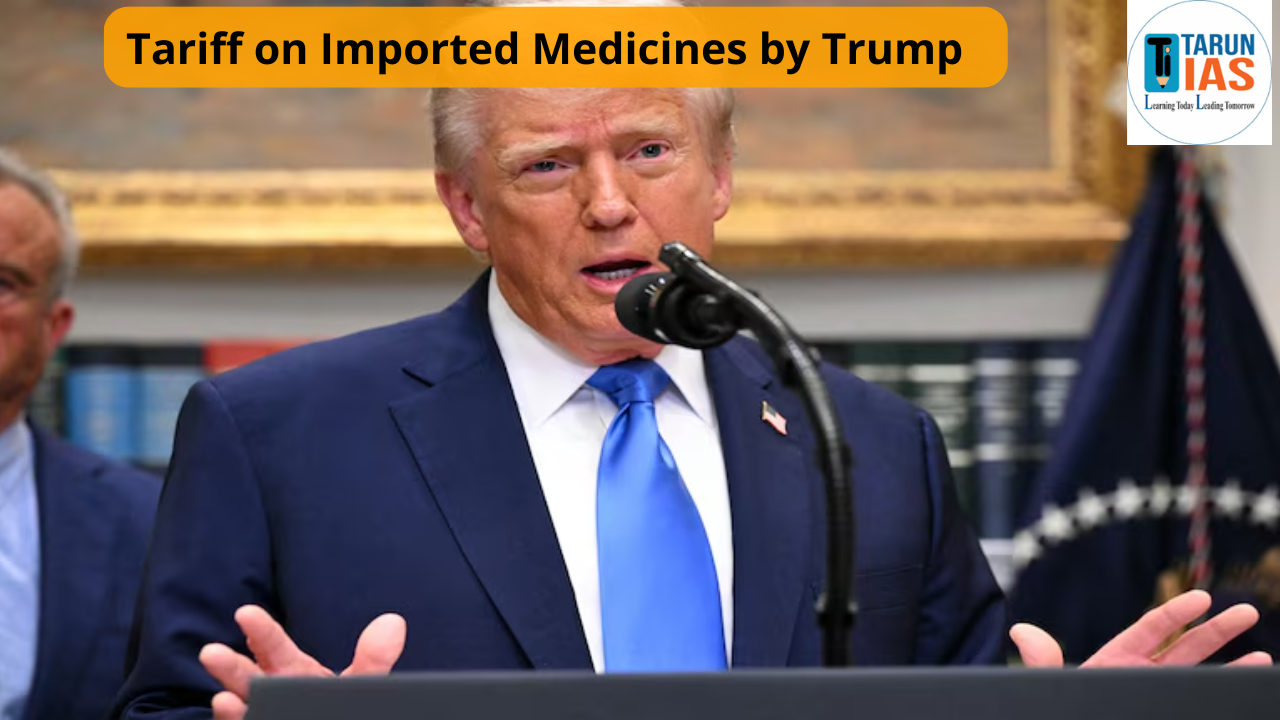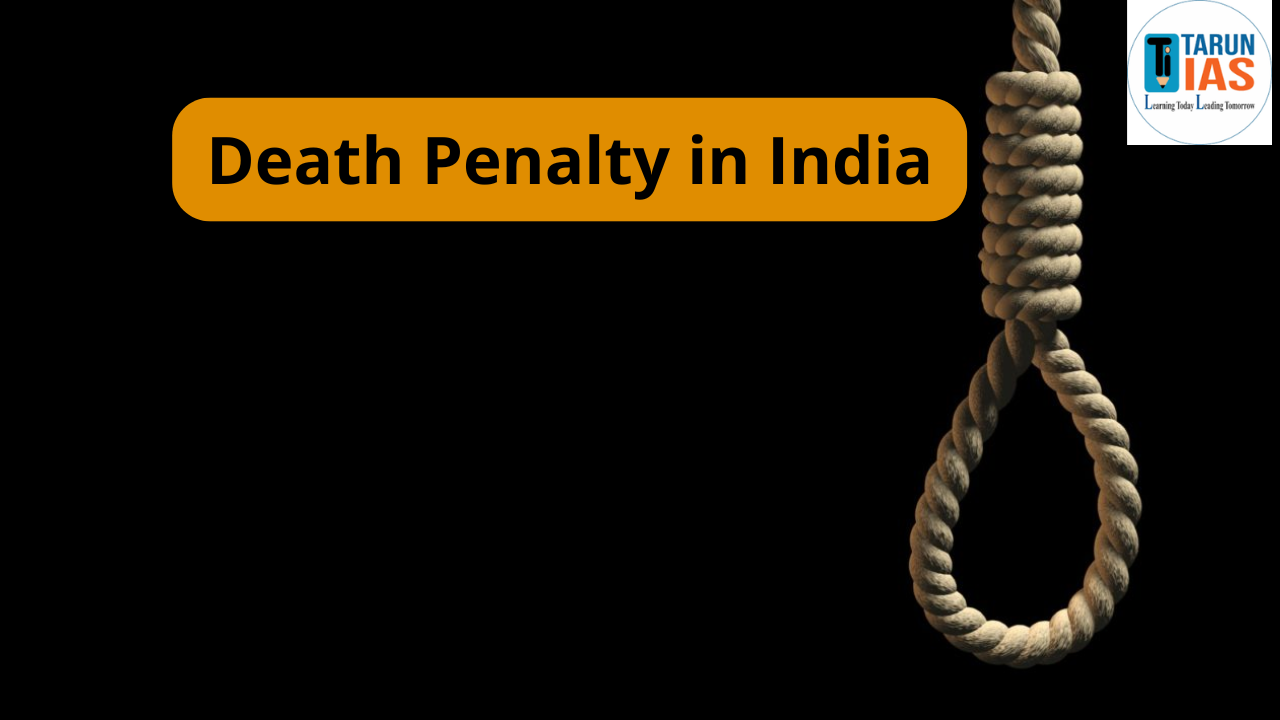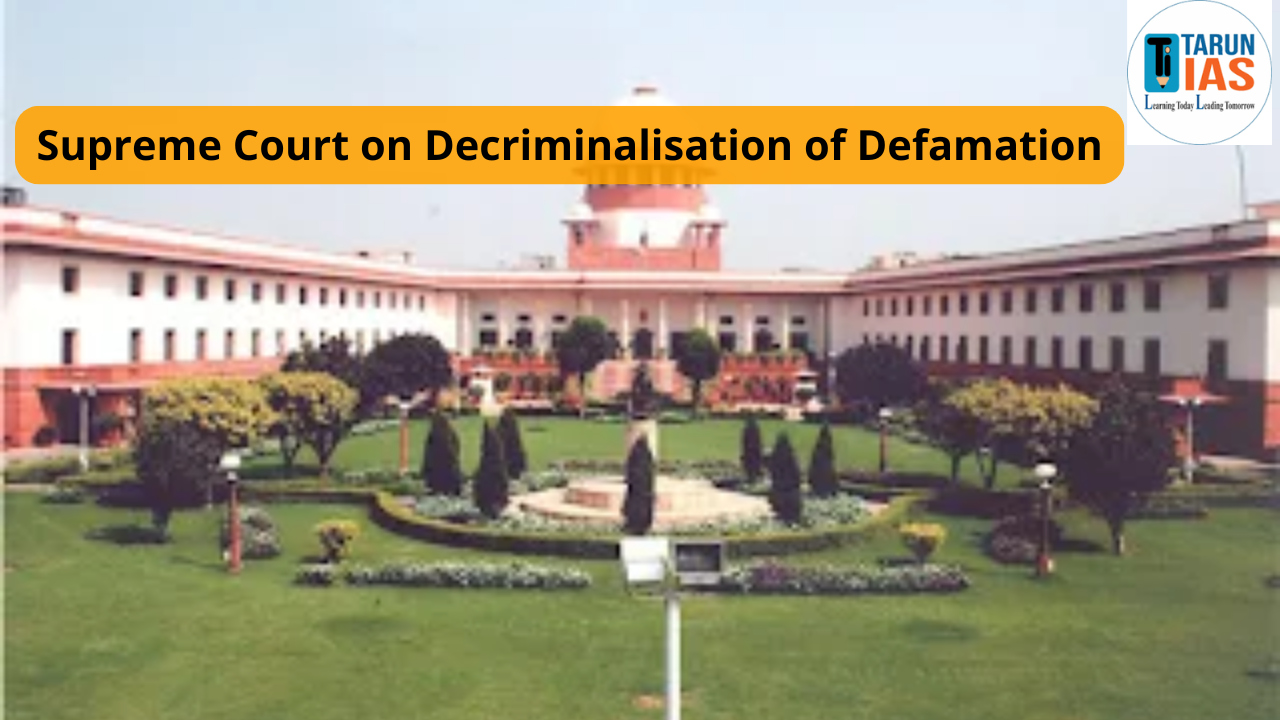The municipalities are formed for the administration of smaller cities and towns. They are also known as municipal councils, municipal committees, municipal boards, city municipalities, etc. They are set up by acts of the concerned state legislature. In case of union territories, they are set up by acts of the Parliament.
Composition: A municipality comprises three authorities: the council, a standing committee and the chief executive officer.
- Council:
-
- It is the deliberative and legislative wing of the municipality.
- It consists of councillors who are directly elected by the people.
- The council is headed by a president/ Chairman. The president/chairman is elected by members of the council from amongst themselves. He/she is assisted by a vice-president/vice-chairman. He/she presides over the meetings of the council. He/she also has executive powers and plays a significant role in the council.
- Standing Committees:
- They facilitate the working of the council.
- They deal with specific matters including education, health, public works, finance, taxation etc. They have powers to make decisions in these fields.
- Chief Executive Officer/ Chief Municipal Officer:
- He oversees the day-to-day general administration of the municipality.
- He is appointed by the state government.
Notified Area Committees in India
A notified area committee is established by a gazette notification of the state government. It is generally formed for the administration of two types of areas-
- A fast developing town due to industrialisation.
- A town which does not yet fulfil all the conditions necessary for the constitution of a municipality, but which otherwise is considered important by the state government.
It is completely a nominated body (including the chairman). It is nominated by the state government. Therefore, it is neither an elected body nor a statutory body. It functions within the State Municipal Act. However, only those provisions of the Act apply to it which are mentioned in the gazette notification by which it is created. Provisions of other acts might also apply to it. The powers of a notified area are similar to that of a municipality.
Town Area Committee in India
It is set up by a separate act of the state legislature for the administration of a small town. It is a semi-municipal authority entrusted with a limited number of civic functions. It may be wholly elected or wholly nominated or partly elected and partly nominated as provided by the state government.
Cantonment Board
It is established for municipal administration of the civilian population in the cantonment areas (areas where military forces and troops are permanently stationed).
Establishment: It is set up by the central government and works under the Defence ministry of the central government.
Composition:
- It is a partly elected and partly nominated body having the Military officer commanding the station as its ex-officio President.
- Vice president is elected amongst the elected members of the board for a term of five years.
- The executive officer of the cantonment board is appointed by the President of India. He/she is entrusted with the responsibility of implementing the decisions and resolutions of the board and its committees.
Cantonments Act, 2006: It provides for Municipal administration and Governance of Notified Cantonments.
Types: As of 2022, there are 64 cantonments in India. There are four categories of Cantonments depending on the size of population residing inside a Cantonment.
| Category | Civil Population |
| I | Above 50,000 |
| II | 10,000-50,000 |
| III | 2,500-10,000 |
| IV | Below 2,500 |
Composition of Category I cantonment board
- Military Officer commanding the station
- Executive engineer in the cantonment
- A health officer in the cantonment
- A first class magistrate nominated by the district magistrate
- Three military officers nominated by the officer commanding the station
- Eight members elected by the people of the cantonment area
- Chief Executive officer of the Cantonment Board
Functions performed by Cantonment Boards: Functions are similar to that of municipalities. They are statutorily classified into obligatory and discretionary functions.
| Important Fact
At the union level, the matters of urban local government are dealt with by three ministries viz.
|
Township in India
It is established by large public enterprises to provide civic amenities to its staff and workers, who live in the housing colonies built near the plant. It is not an elected body and all members, including the town administrator, are appointed by the enterprise itself.
Port Trust in India
The port trusts are established in the port areas of India like Chennai, Mumbai, Kolkata etc. The purpose of creating port trust in India is to:
- Manage protect the ports and
- To provide civic amenities to people residing in the vicinity of ports.
The port trust is created by an Act of Parliament and it consists of both elected and nominated members. Civic functions performed by port trusts are similar to those performed by municipalities.
Special Purpose Agency
The states set up agencies to carry out designated activities or specific functions that belong to the domain of municipal corporations, municipalities or other local urban governments. These bodies are function- based and not area-based. They are also known as single purpose, uni-purpose or functional local bodies.
Establishment:
- They are established as statutory bodies under acts of state legislature or as departments by executive resolution.
- They are autonomous in nature. They function independently of the urban local governments. Therefore, they are not subordinate to the local municipal bodies.
Examples:
- Housing Boards
- Pollution Control boards
- Town improvement trusts
- Electricity supply boards
- Urban Development authorities
- Water supply and sewerage boards
- City Transport Boards
|
UPSC Articles |
|
| UPSC Interview | UPSC Interview Marks |
| UPSC Syllabus | UPSC Exam Pattern |
| UPSC Eligibility | UPSC Age Limit |
| UPSC Selection Process | UPSC Cut off |














